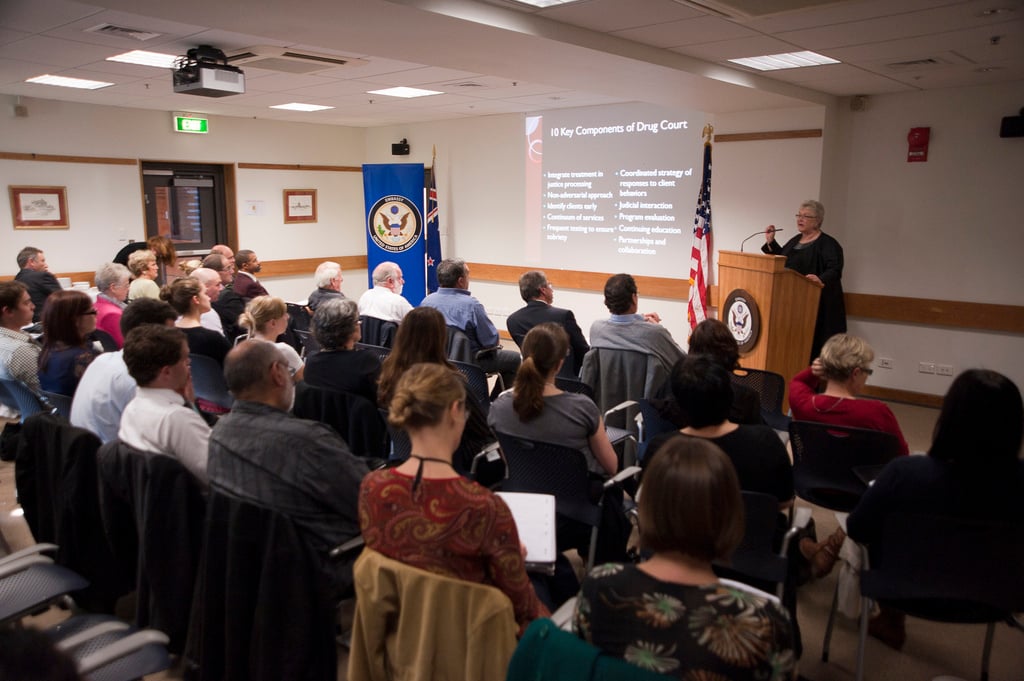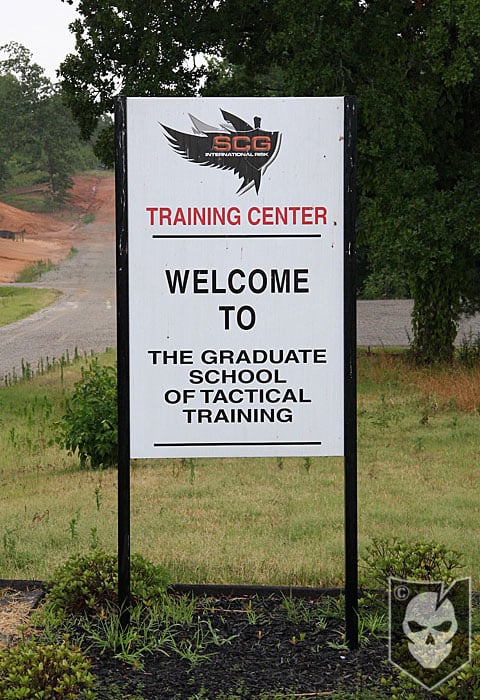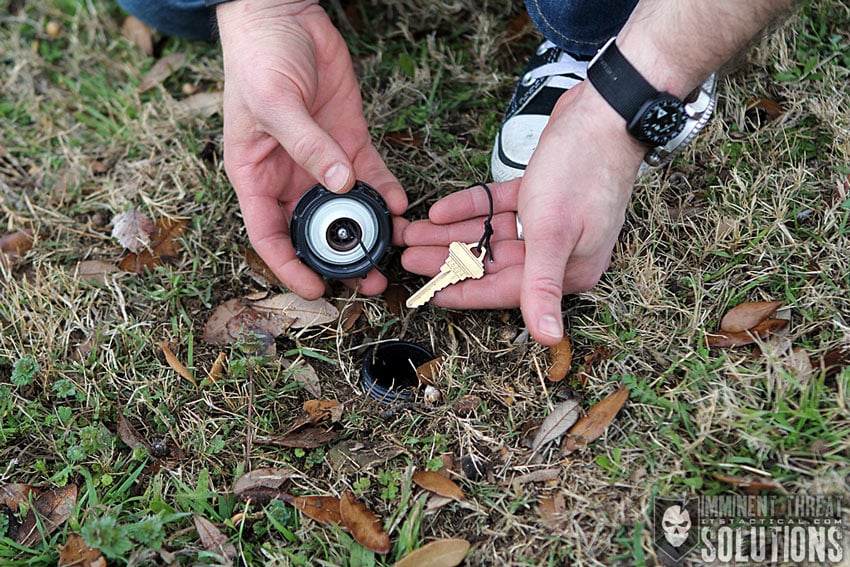U.S. Spies: 4 Steps to Collect, Analyze and Make Intelligence Work For You
U.S. Spies: 4 Steps to Collect, Analyze and Make Intelligence Work For You
- U.S. Spies: Understanding the World’s Second Oldest Profession
- U.S. Spies: The Intelligence Cycle from Delivery to Consumption
- U.S. Spies: 4 Steps to Collect, Analyze and Make Intelligence Work For You
The world can be an ugly place, even in the relative safety of the United States. It doesn’t take long for major media outlets to point out all that’s wrong in the world and how it’s affecting good people and responsible citizens.
A small town is thrust into the spotlight after an armed robbery develops into a six-hour standoff with SWAT; a school bus is hijacked, resulting in a young boy being taken hostage by a crazed gunman; transnational criminal organizations run extensive narcotics smuggling operations across our nation’s borders, killing or bribing law enforcement officials who stand in their way; the list is endless.
Paranoia and living in ignorance aside, the amount of threats in our world is remarkable and often overwhelming, which is why analysis and intelligence must be at the forefront of your skill-set development. The purpose of this article is to outline a few basic steps that can be used to successfully understand and defeat the threats you may encounter.
Why You Need This
Fundamentally, the purpose of intelligence units is to know and understand the “red” systems and capabilities that counter our own (the “blue” force.) Intelligence professionals understand threats. They do this through the intelligence cycle and by analyzing information that then becomes intelligence (see Part 1 and Part 2 of this series).
The same holds true for your daily lives and is performed to one extent or another whether you realize it or not. Who or what motivated you to take up shooting and to learn the latest home firearm safety and self defense techniques? Why did you feel compelled to master the medical skills that could one day be used to save someone’s life, including a family member’s or your own? How did you anticipate possibly needing the survival kit or bug-out-bag you keep stowed away in your trunk or closet for certain emergencies? And the answer to all of these questions is — because you deemed it was necessary.
“If I always appear prepared, it is because before entering on an undertaking, I have meditated for long and foreseen what may occur.” – Napoleon Bonaparte, 1831
At one point or another, you had access to information that shaped your understanding of the operating environment that you live in, whether that be a natural disaster, personal experience, story, or general knowledge learned from a person or group of like-minded interests. You were educated about a threat that you could face — a “red” capability — and determined a need to counter that threat. This is the point that you need to make intelligence work for you.
Steps to Applying Intelligence
The scenarios are endless, but let’s say you’ve just moved to a new city where you’ve got no friends, extended family, or connections. It’s just you, your family and your belongings. After the initial move-in, you begin to settle in and establish a more permanent presence. Your house is relatively secure with locking doors, a basic security system and small chain link fence, but past that it’s fair game to guess what may or may not occur in regards to security, safety and freedom of movement. You’re not a gambling man, so you’d like to have the peace of mind knowing that you and your family can sleep easy at night, leaving nothing to assumption or fate. Here is a prime opportunity to employ some analysis and intelligence-gathering skills to your distinct advantage.
1. Identify Your Environment
You first must define your operating environment — a fancy term that just means your immediate situation and the various areas that comprise your daily routines and interactions. This could be your backyard, your neighbors, your street, the entire neighborhood and all the way out to your community and city. Where do you spend the majority of your time? What areas do you travel through, visit frequently, or work in most often? What information about these areas is available?
The objective here is to identify the major areas you interact with, in order to refine your analysis and focus later. Take into account any characteristics in your area that could affect the way you interact with the environment. By defining your operational environment, a geographical boundary is established; this boundary sets the stage for the next steps, when an analysis of how the environment affects you is conducted.
Characteristics to Consider:
- Geography
- Terrain
- Weather
- Ethnic, religious, income, & age groups
- Political and socio-economic factors
- Transportation systems and other infrastructures
2. Explore Your Environment and Its Effects
Next you must determine how the various characteristics of the operating environment affect you and your family. Identify any limitations or opportunities that your new home, neighborhood and city offer. Where is the local police station? What’s the neighborhood like? Is it a safe area or does it offer freedom of movement to criminals and other nefarious activity? Where are the bad parts of the city and do you travel through them or work in them at all?
The key here is to identify and explore any factors that could affect you and your family in the neighborhood, city, etc. Research the characteristics you just identified in Step 1 to determine their affect on you. Is there any correlation to certain weather that usually leads to an uptick in crime in certain neighborhoods (i.e. the summer months when everyone’s outside)? Is there an imbalance in income distribution that creates a more targetable area for concentrated crime? Is the public transportation safe and reliable and can you use it in the event of car failure or an emergency?
Depending on your attention to detail, desire for situational awareness and resources, this step can be as brief or in-depth as you see fit. At the tactical level, there are even methods that can be applied to perform this analysis on various locations you deem appropriate, i.e. your house or place of work.
Terrain Analysis Aspects (military):
- Observation points (what can you see, what can they see)
- Fields of Fire
- Cover
- Concealment
- Obstacles (barriers, other houses, vehicles, etc.)
- Key Terrain (nearby high-rises, choke points, bridges, major intersections)
- Avenues of Approach (main roads, side streets, sidewalks, etc.)
3. Understand the Threat Environment
Once you have defined your primary area of operation — i.e. the areas that most frequently define where you live, work and travel — you must identify any threats in those areas. What type of threats exists, what are the activity levels and in which areas are threats prevalent? Is it organized crime? Violent crime? Narcotics? This is the step in which you identify what threats exist and which ones are the most critical to your daily life and that of your family.
Know Your Enemy, Know Yourself
In Sun Tzu’s The Art of War, there is a major emphasis on understanding as much as possible about one’s enemy. The old phrase “keep your friends close and your enemies closer” represents this relationship perfectly. It is up to you to understand your enemy — the threats local to your environment and situation — in order to best counter them and properly apply your skills effectively.
There are many tools available to you that can be used to gauge and understand the threats to you, your loved ones, or community; chief among these tools is the power of information and the easy access to it (which is most easily found through the Internet*). There is no cut and dry method for preparing yourself for any and every emergency, life-threatening situation, or traumatic experience; there is also not enough time in the world to allow you the benefit of mastering all of the skills needed to successfully defeat these situations. But you can attempt to predict what skills are most likely to be useful to you in the context and perspective of your daily life.
Information-gathering resources:
- Online resources — the Internet, online publications, references and studies
- Human interaction — coworkers, neighbors, local workers or business owners, etc.
- Community liaison — local law enforcement agencies, community networks, awareness groups
- Local news media — understanding of local dynamics, pre-existing networks and contacts
- Personal observation — map reconnaissance of immediate area, site reconnaissance (walking the streets, driving to and from work, running errands, etc.)
Once you’ve gathered as much research as applicable, outline the various threats in your area, how they operate (their tactics, techniques and procedures), who the major players are and whether or not they are actually a threat*** to you. A few baseline items to consider are listed below.
Analyzing a Threat:
- Composition
- Disposition
- Strength
- Recent Activity
- Effectiveness
4. Anticipate the Threats
Finally, you must determine the possibility, plausibility and actuality of becoming a victim or attempted victim of any of the threats in your area. In short, analyze available information to predict what your enemy will do next. Use historical trends, interaction with local law enforcement, or personal research online to try and identify how your enemy (in this case, we’ll assume violent crime) will act. Have they only robbed banks in the past? Have they targeted innocent bystanders or targets of opportunity? What is their capability and intent? Based on whatever information is available, analyze it to determine possible courses of action they could take and act accordingly to counter it (developing your tactical skills).
Factors to Consider When Analyzing Threats:
- Threat’s desired end state (total area control, a blind eye from local LE, etc.)
- How likely is an attack/crime against me?
- Vulnerabilities (poor/no training, easily identifiable, trademark TTPs, etc.)
- Support Mechanisms (in the local population, known safehouses, drug houses, etc.)
- Decision-making (pre-determined targets vs. targets of opportunity, hierarchy, etc.)
If analyzing a threat, be sure to identify the Who, What, When, Where, Why and How factors in order to produce the most specific prediction of what the enemy will do next. This will in turn provide you with the most specific way to defeat the threat successfully.
Safety and Security: Mitigating Threats
It is through these four basic steps that you can make intelligence work for you. The four steps are by no means all-inclusive and only scrape the surface of the level of detail that goes into ensuring that you are as prepared as possible to counter threats in your operating environment. This analysis can be performed in any capacity and in any situation where you’d like to have a better understanding of an area and its dynamics.
“When I took a decision or adopted an alternative, it was after studying every relevant–and many an irrelevant–factor. Geography, tribal structure, religion, social customs, language, appetites, standards–all were at my finger-ends. The enemy I knew almost like my own side.” – T.E. Lawrence (Lawrence of Arabia), 1933
Treat analysis and intelligence as a skill set that can be used to better understand the threats you’re trying to counter. As stated above, the majority of this is already being done whether you realize it or not. The key is to employ it in any situation, allowing you to systematically identify the steps that you need to take to best employ and ensure the security, safety and well being of yourself and those around you. You can’t properly counter or defeat a threat if you don’t understand it. Don’t underestimate the power of information. Make intelligence work for you.
Footnotes
- *The Internet is a great source of what is referred to as open-source information, information that is unclassified and publicly available. Open-source information often provides a vector of research from which more specific analysis and collection can be conducted.
- **The new Google Maps is an amazing open source tool with a remarkable set of capabilities for conducting a ‘map reconnaissance’
- ***Capability + Intent = Threat
- The quotes and general 4 steps are structured loosely on the main steps covered in this Army publication, FM 34-130, circa 1994: [pdf]
Editor-in-Chief’s Note: Oscar M. is a Junior Active-Duty Intelligence Officer supporting a conventional airborne-capable unit. “My goal is to serve by protecting the US Constitution, keep the bad guys of the world at bay, fighting them when necessary and ensuring that the American people don’t have to.”













Discussion